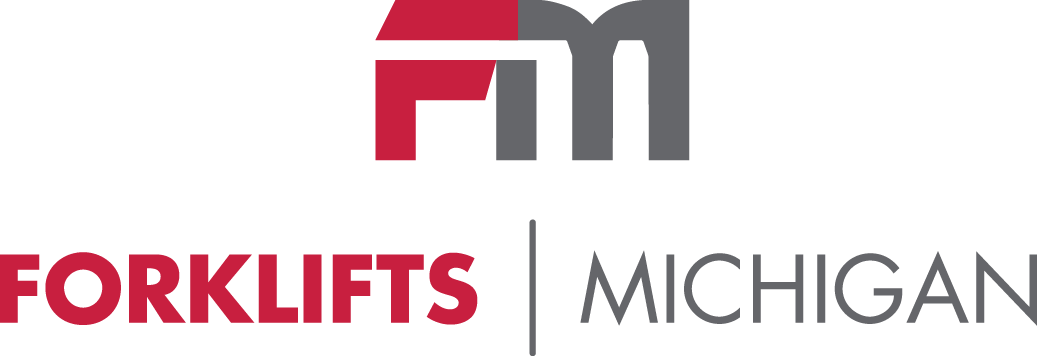2025 Innovations in Motorized Forklifts: Enhancing Efficiency and Safety for Global Industries
In the rapidly evolving landscape of industrial operations, the motorized forklift sector stands at the forefront of innovation, significantly enhancing efficiency and safety across global industries. According to a recent report from the Material Handling Industry of America (MHIA), the demand for motorized forklifts is projected to grow at a compound annual growth rate (CAGR) of 5.5% through 2025, driven by increasing automation in logistics and warehousing. This growth is further supported by advancements in battery technology and telematics, which are transforming traditional forklift capabilities into smart, connected systems.
As businesses strive to streamline operations while minimizing workplace accidents, the role of motorized forklifts has never been more critical. The Occupational Safety and Health Administration (OSHA) reports that safety improvements in forklift operations can reduce accident rates by up to 25%. Innovations such as automated guided vehicles (AGVs), improved visibility features, and enhanced ergonomic designs are paving the way for a safer working environment. In this blog, we will delve into the cutting-edge technologies and trends that are set to revolutionize motorized forklifts by 2025, ultimately benefiting industries worldwide through increased productivity and safety.
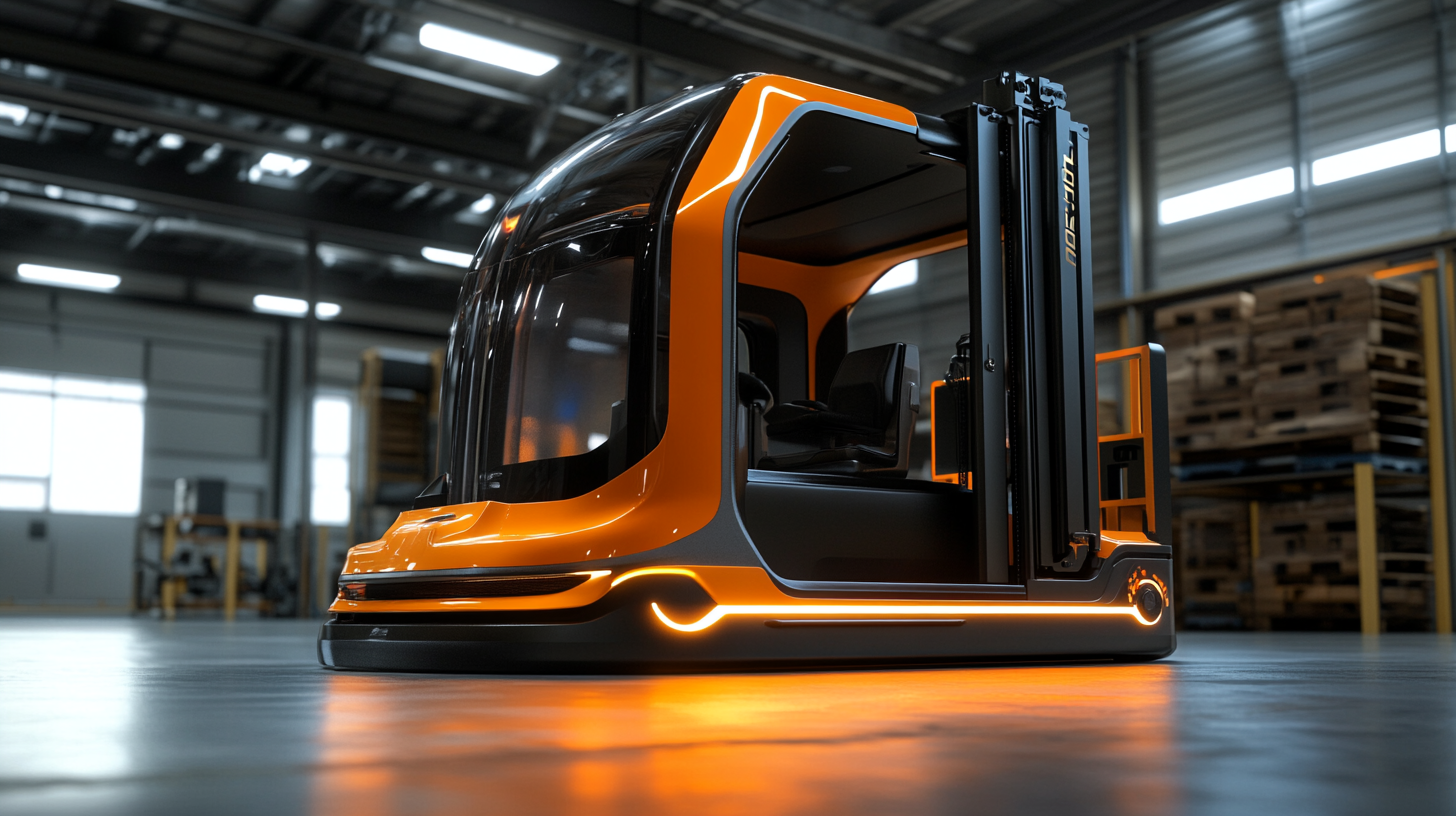
Emerging Technologies Driving the Next Generation of Forklift Designs
The evolution of motorized forklifts is being significantly influenced by emerging technologies that promise to reshape their design and functionality. As industries worldwide strive for higher efficiency and safety standards, innovations such as automation, IoT integration, and advanced battery technologies are stepping into the spotlight. According to a report from the Material Handling Industry of America (MHIA), the global market for forklift automation is projected to reach $12.8 billion by 2025, underlining the growing shift towards smart, efficient lifting solutions. One of the most compelling advancements is the integration of IoT (Internet of Things) sensors, which enable real-time tracking and monitoring of forklifts. This technology not only enhances operational efficiency by optimizing route management and reducing downtime, but it also significantly improves safety by providing data-driven insights into maintenance needs. A recent study by the Occupational Safety and Health Administration (OSHA) indicates that workplaces utilizing IoT-enabled forklifts have reported a 30% reduction in accidents and injuries, highlighting the substantial safety benefits of these innovations. Furthermore, the development of next-generation battery technologies, such as lithium-ion batteries, is set to revolutionize forklift operations. These batteries offer faster charging times, longer lifespans, and reduced environmental impact. A survey conducted by the Industrial Truck Association (ITA) revealed that companies switching to lithium-ion forklifts experienced a 20% increase in operational efficiency due to reduced downtime associated with battery replacements and maintenance. As we move toward 2025, the confluence of these emerging technologies will undoubtedly enhance both the efficiency and safety of motorized forklifts, benefitting global industries at large.
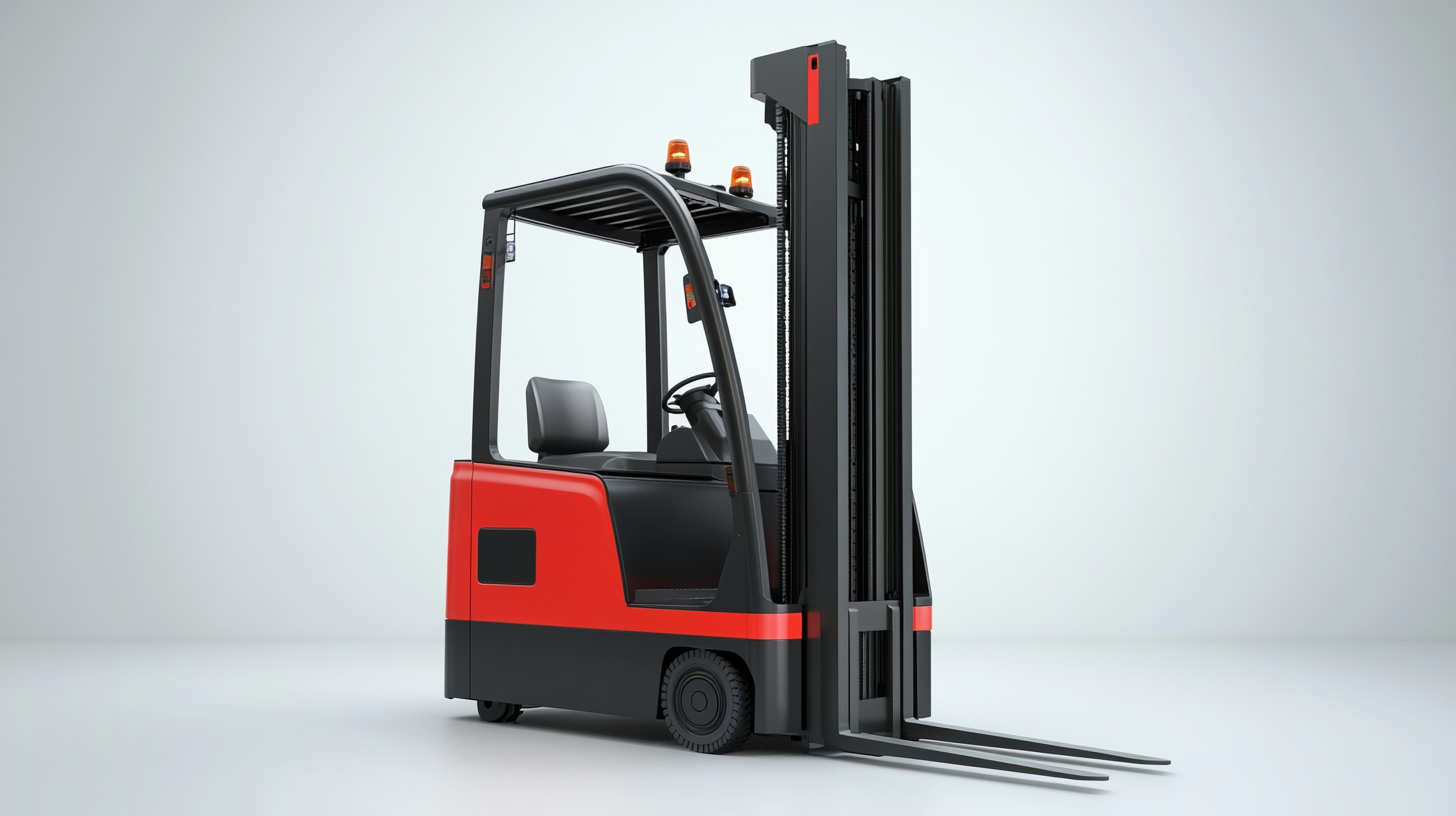
Smart Features: Integrating IoT for Enhanced Operational Efficiency
In 2025, the evolution of motorized forklifts is set to be revolutionized by the integration of Internet of Things (IoT) technologies, enhancing both operational efficiency and safety across global industries. As businesses increasingly seek smarter solutions, IoT-enabled forklifts will provide real-time data analytics for improved inventory management and operational workflows. According to a recent report, implementing IoT systems in industrial logistics can reduce operational costs by up to 20%, demonstrating a significant financial incentive for adoption.
Smart features such as automated guided navigation, telematics, and predictive maintenance will be at the forefront of this transformation. With IoT capabilities, these forklifts can communicate with other machinery and central control systems, allowing for seamless coordination in complex warehouse environments. A study highlighted that IoT in construction has already improved safety measures and operational efficiency, and similar results can be anticipated in warehouse management with smarter forklifts.
Furthermore, integrating smart sensors will enable forklifts to monitor their surroundings, enhancing workplace safety by reducing the risk of accidents and optimizing load handling. The logistics industry, characterized by fast-paced environments and high operational demands, can particularly benefit from these advancements. In a sector where efficiency is paramount, the potential for IoT-enabled forklifts to streamline operations while ensuring worker safety speaks to a future where technology and productivity go hand in hand.
As we look to 2025, the landscape of material handling will not only embrace these innovations but also reshape how industries approach efficiency and safety, setting new standards for performance and operational excellence in an increasingly connected world.
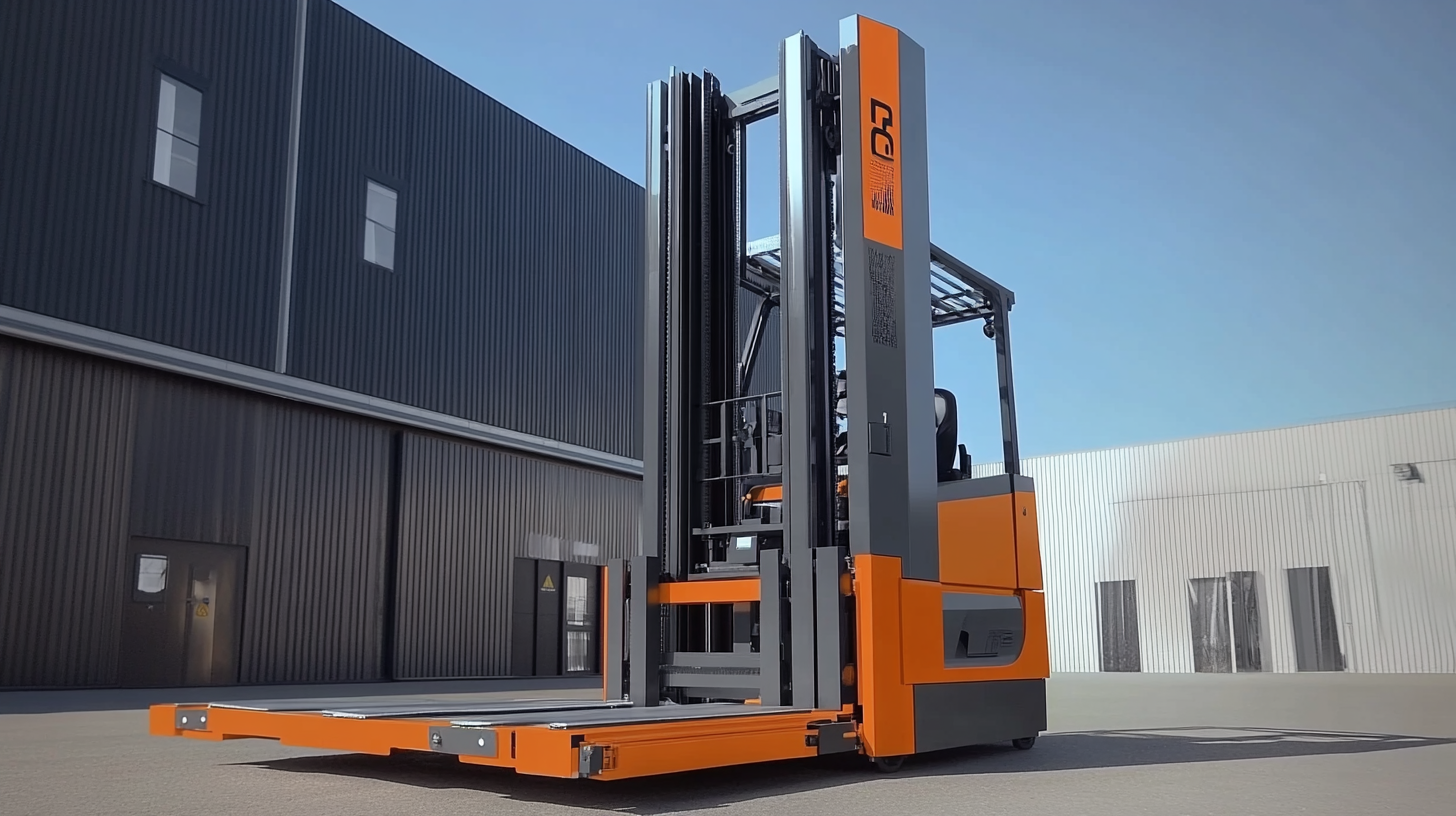
Safety Innovations: Reducing Workplace Hazards with Advanced Forklift Systems
In the rapidly evolving world of industrial equipment, safety has emerged as a paramount concern, especially with the increasing deployment of motorized forklifts across global industries. The 2025 innovations in forklift technology are not just about boosting efficiency but also about significantly enhancing workplace safety. Advanced forklift systems are now equipped with intelligent features that leverage artificial intelligence (AI) to identify and mitigate potential hazards before they escalate into real issues.
AI-driven safety systems can analyze data in real-time, allowing for proactive risk assessment and the enforcement of safety regulations. This proactive approach means that operators can receive immediate alerts regarding unsafe operating conditions, helping to prevent accidents. Connected-worker solutions further enhance this by integrating various safety measures into a single framework, ensuring that all team members are aware of the potential hazards in their environment.
Additionally, the integration of advanced sensors and machine learning capabilities in forklifts enables the machinery to learn from past incidents and adapt accordingly. This means that as work environments change and evolve, so do the safety systems within the forklifts, creating a more secure workspace. As industries continue to embrace these innovations, the collaboration between technology and safety will redefine operational standards and protect the workforce more effectively than ever before.
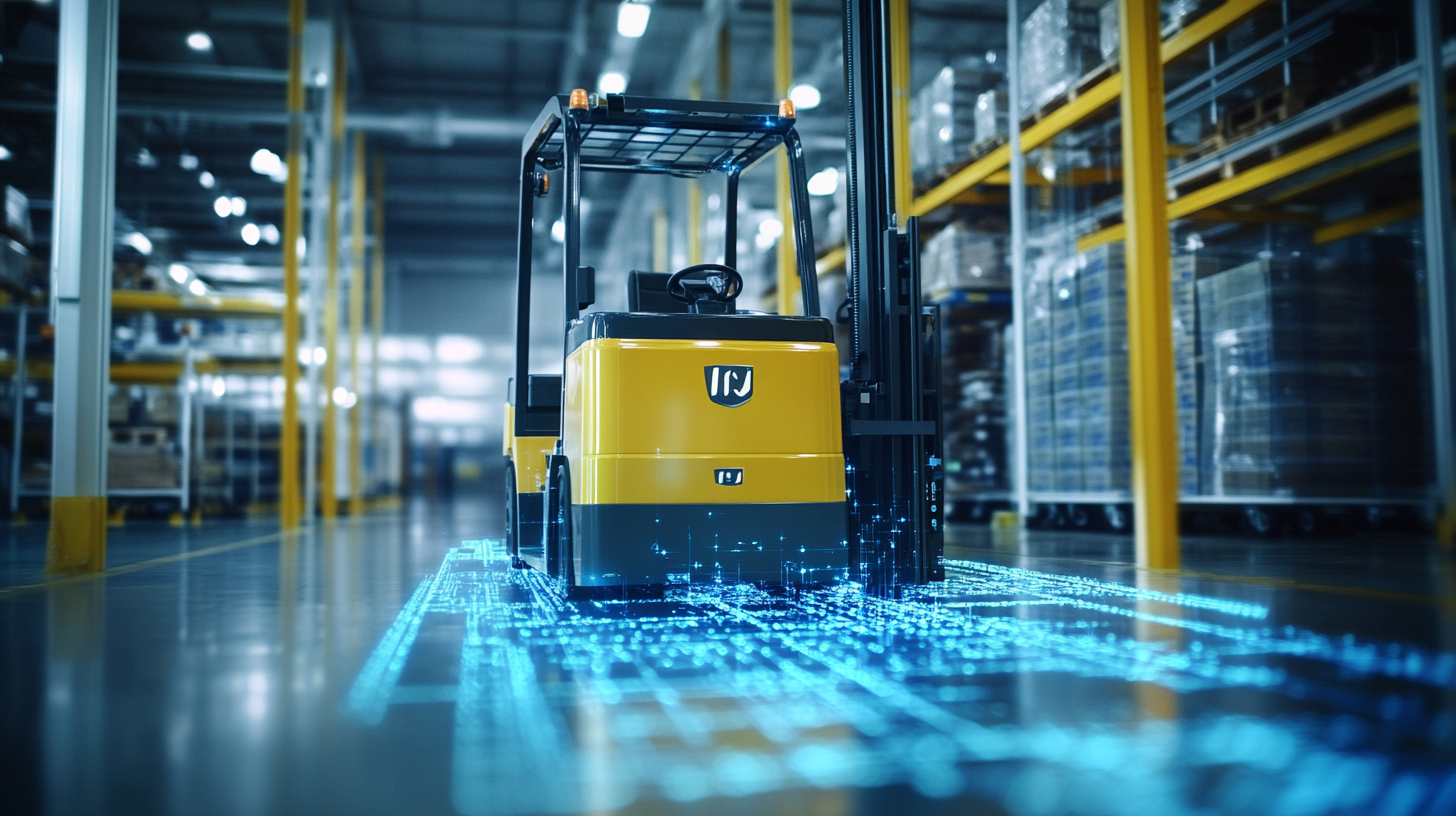
Sustainability in Forklift Manufacturing: Green Practices for a Better Future
In recent years, sustainability has become a core concern for industries worldwide, including the manufacturing and logistics sectors. The forklift industry is witnessing a remarkable shift towards greener practices, with many manufacturers aligning their operations to mitigate environmental impacts. For instance, the integration of electric lithium-ion forklifts among manufacturers is significantly reducing carbon emissions. A notable example is a recent expansion of electric forklift fleets, signaling a robust commitment towards sustainable operations that comply with emerging regulations and consumer demand for eco-friendly products.
The furniture manufacturing sector is also embracing life cycle analysis (LCA) to evaluate sustainable strategies. By examining the environmental impact of products throughout their lifecycle, this approach enables manufacturers to identify areas for improvement. Such practices are becoming essential as industries strive to lower their carbon footprints while enhancing product efficiency. Likewise, agricultural sectors are adapting similar sustainability perspectives, recognizing the importance of biodiversity and the economic implications of sustainable practices.
Additionally, leading companies are implementing circular economy strategies that prioritize recycling and the efficient use of resources. This shift not only strengthens environmental stewardship but also contributes positively to corporate growth. As industrial players move towards embracing these green practices, they set a precedent that can drive economic growth while fostering a healthier planet. Embracing sustainability in forklift manufacturing serves as a testament to the industry's commitment to a greener future, underscoring the potential for innovation in optimizing both efficiency and environmental responsibility.
Global Impact: How Innovations in Forklifts Are Shaping International Supply Chains
The evolution of motorized forklifts is set to significantly influence international supply chains, with innovations expected to emerge in 2025 that prioritize both efficiency and safety. As global industries demand quicker turnaround times and more reliable logistics, modern forklifts are being redesigned to integrate advanced technology. Features such as automated navigation, AI-driven load optimization, and real-time tracking systems are becoming standard, ensuring that goods move seamlessly from point A to point B. These advancements not only enhance operational efficiency but also minimize the risk of workplace accidents, a crucial factor in maintaining a smooth supply chain.
Additionally, these innovative forklifts are equipped to handle the unique challenges posed by varying international markets. For instance, in regions where space is limited or environments are hazardous, new compact designs and safety protocols are being developed to allow for more flexible operation. The ability to customize forklifts to meet local requirements enhances their global usability, ensuring that businesses can maintain their competitive edge regardless of geographic constraints.
Moreover, the integration of sustainable practices in forklift design plays a pivotal role in shaping supply chains on a global scale. Electric and hybrid models are gaining traction, reducing carbon footprints and aligning with the growing emphasis on eco-friendly logistics. As industries strive to meet stringent environmental regulations, these innovations not only contribute to greener operations but also resonate with consumers' increasing preference for sustainable products. By prioritizing efficiency, safety, and sustainability, the next generation of motorized forklifts is poised to redefine how goods are moved across borders, creating a more robust and reliable global supply chain.

